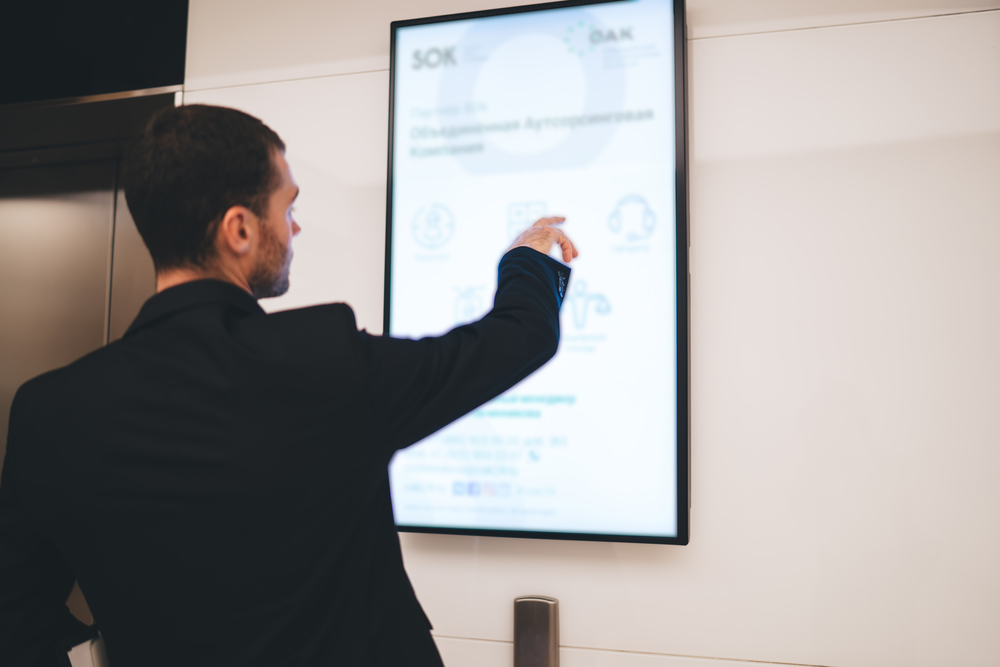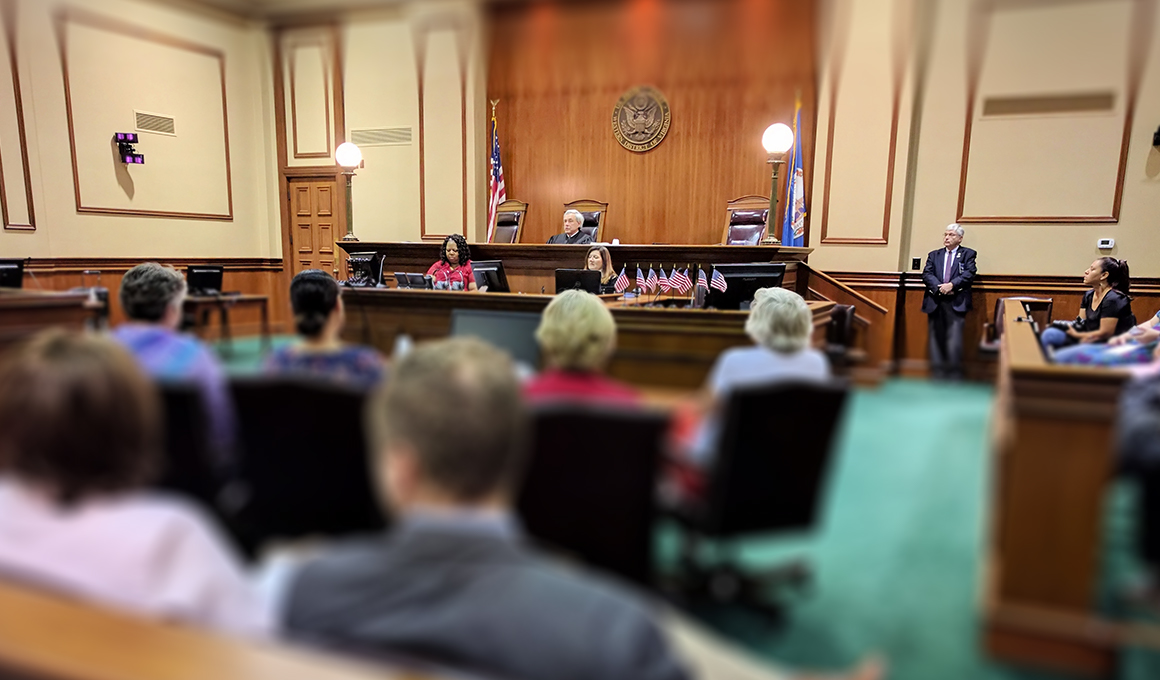Just How Test Presentations Enhance Your Argument and Persuade Jurors
Test presentations work as a crucial system for improving lawful arguments and convincing jurors. By incorporating visual help, narrative frameworks, and psychological interaction, attorneys can create an engaging case that resonates on several levels. The tactical use visuals not just makes clear intricate info however additionally records jurors' interest better than words alone. Nevertheless, the art of storytelling plays a just as crucial function in transforming accurate proof into an engaging story, shaping jurors' understandings - trial presentations. Comprehending these aspects can dramatically impact trial end results, raising the inquiry of just how each part adds to this elaborate dynamic.

Importance of Aesthetic Aids
Aesthetic help play a crucial role in improving the efficiency of trial discussions, as they can substantially raise target market involvement and retention of info. In the context of a test, where jurors are tasked with handling facility information, aesthetic aids serve to streamline and make clear key factors. Graphes, graphs, and photos can share information and principles that might otherwise overwhelm or confuse jurors, enabling an extra simple understanding of the evidence provided.
Additionally, visual aids assist in maintaining juror focus throughout the procedures. By breaking the uniformity of verbal statement, these tools can punctuate crucial disagreements, making them much more memorable. Reliable visual aids can also stimulate emotional feedbacks, which can be essential in persuading jurors to straighten with the presenter's narrative.

Crafting Engaging Narratives
An engaging story is crucial in trial discussions, as it serves as the foundation of effective persuasion. It allows attorneys to weave together facts, proof, and emotional components into a coherent tale that resonates with jurors. This narrative structure makes it possible for jurors to recognize the intricacies of the case while leading them through the attorney's argument.
To craft an engaging narrative, attorneys should focus on clearness and coherence. In addition, the usage of brilliant descriptions can produce psychological images that assist jurors picture the events, making the narrative a lot more remarkable.
Additionally, integrating essential motifs throughout the presentation strengthens the core message and help in retention - trial presentations. The story ought to not only convey info however also evoke a sense of justice, highlighting the stakes involved. Eventually, a sound story promotes a connection between the jurors and the case, positioning the lawyer's debate as both credible and engaging, consequently increasing the possibility of a desirable decision

Engaging the Jury Mentally
Effective court interaction hinges on the lawyer's capability to attach with jurors on a psychological level. This link can substantially impact jurors' assumptions and their ultimate decision-making.
Aesthetic help, such as pictures or videos, can even more improve emotional engagement, providing jurors with dazzling depictions of the case's human elements. Crafting a narrative that highlights the battles and accomplishments of the individuals entailed guarantees that jurors see past the legal debates and recognize the human repercussions of their choices.
Furthermore, tone and body language play an important function in conveying emotion. A lawyer's passionate delivery can resonate with jurors, reinforcing their psychological investment in the event. It's important to balance sob stories with accurate proof, guaranteeing that jurors feel urged to act while continuing to be grounded in the truth. Eventually, a mentally engaged jury is more probable to be convinced, making emotional connection a vital component of effective test presentations.
Structuring Your Presentation

The body of the discussion ought to be realistically fractional into bottom lines, each sustained by compelling proof. It is helpful to utilize storytelling techniques to weave facts into a narrative that jurors can conveniently comply with. Visual help, such as graphes and videos, can boost understanding and involvement, aiding to highlight essential pieces of proof.
Real-World Study
Examining real-world case studies offers very useful understandings right into the art of trial presentations and persuasion. The defense team effectively employed a technique that combined top-level specialist statements with multimedia presentations, which captivated jurors and eventually affected their choice.
One more noteworthy instance is the "McDonald's Coffee Instance," where the plaintiff's attorneys made use of graphic photos of the injuries sustained by Stella Liebeck. trial presentations. This plain visual evidence played a crucial role in sharing the intensity of her burns, causing a significant jury honor. Such instances show that impactful test presentations commonly rest on the reliable combination of visuals and narration to evoke emotional actions from jurors
Furthermore, the "Casey Anthony Test" highlighted the relevance of narrative comprehensibility and reliability. The prosecution's failure to develop a compelling timeline reduced their convincing power, highlighting the requirement of a well-structured presentation. Assessing these cases reveals that successful test presentations need critical planning, psychological involvement, and the ability to reverberate with jurors' worths and beliefs.
Verdict
Trial discussions significantly boost debates and encourage jurors with the calculated use visual aids, engaging stories, and psychological engagement. By streamlining complicated details and fostering connections with the audience, these components create a memorable and impactful experience. A well-structured presentation equilibriums psychological allures with factual evidence, inevitably resonating with jurors' worths. The integration of find out these methods not only influences decision-making yet additionally highlights the significance of effective interaction in the courtroom.